Beards are undeniably cool. Whether you sport a full beard, a trendy goatee, or a humble mustache, facial hair has become a symbol of personal style and identity for many. However, when it comes to respirator fit tests, that beloved beard can present a significant challenge. If your job requires the use of a respirator, passing a fit test is mandatory, but facial hair can compromise the seal of the mask, potentially reducing its effectiveness. So, what can you do if you need to pass a respirator fit test but don’t want to shave off your beard? Let’s explore your options.
The Problem with Beards and Respirators
The main issue with facial hair and respirators is that hair can interfere with the seal between the respirator and your face. Respirators, especially tight-fitting ones like N95 masks or half-face respirators, rely on a snug fit to prevent harmful particles from leaking in. Even small gaps caused by facial hair can significantly reduce the mask’s effectiveness.
During a respirator fit test, the mask is tested for its ability to form a complete seal around your face. If the respirator fails to seal correctly because of facial hair, you won’t pass the test, and more importantly, you may not be adequately protected on the job.
Options for Keeping Your Beard and Passing the Test
Here are some strategies that might allow you to keep your beard and still pass the respirator fit test.
1. Opt for a PAPR (Powered Air-Purifying Respirator)
A Powered Air-Purifying Respirator (PAPR) is a great alternative to tight-fitting respirators for people with beards. PAPRs use a battery-powered blower to pull air through filters or cartridges and provide purified air to the user through a hood or helmet. Since PAPRs do not rely on a tight face seal, they are generally more forgiving with facial hair.
Some PAPRs cover the entire head and face, meaning that the beard does not interfere with the device’s functionality. Check with your employer to see if PAPRs are an acceptable alternative for your job and whether they are available for your use.
2. Trim or Style Your Beard
If a PAPR isn’t an option and you’re using a traditional tight-fitting respirator, you might still be able to make it work by trimming or styling your beard. The key here is to ensure that no facial hair comes between the sealing surface of the mask and your skin.
Consider the following styles:
- Mustache or Soul Patch: Facial hair that doesn’t extend beyond the mask’s sealing area is usually permissible. A neatly trimmed mustache or a soul patch may allow you to keep some facial hair while maintaining a proper seal.
- “Respirator-Friendly” Beard Styles: Some workers have adopted beard styles that leave the sealing area clear. For instance, sideburns that stop above the sealing area or a beard that’s kept well below the jawline may work.
Make sure to communicate with your employer or a safety officer to ensure that your chosen style is compatible with safety regulations.
3. Daily Shaving for Fit Testing
As a last resort, you may need to commit to shaving the sealing area of your face. Many workers who wear respirators daily opt for this approach, shaving only the necessary portion of their face before work and allowing the beard to grow out elsewhere. This way, you don’t need to be completely clean-shaven but can still maintain a safe seal during the workday.
4. Use Beard Covers (with Caution)
Some companies provide special beard covers or under-mask supports to workers with facial hair. These covers aim to compress the beard in a way that allows for a better seal. While this is not a universally accepted or recommended solution (and it’s worth noting that it may not be OSHA-compliant), it might be worth discussing with your employer.
It’s essential to use caution here, as improperly used beard covers could give a false sense of security. Always ensure that whatever method you use complies with workplace safety standards.
Final Thoughts
For those of us who love our beards, the idea of shaving for a respirator fit test can feel like a major sacrifice. Fortunately, you don’t always have to choose between safety and style. With options like PAPRs, trimming, and smart beard management, you can protect your health while still holding onto your facial hair.
Always remember that safety comes first. If none of the above options work for your situation, and if facial hair prevents a proper seal, you may need to make a tough decision. However, the good news is that as protective equipment continues to evolve, the day may come when beards and respirators peacefully coexist.
In the meantime, explore the options, consult with safety experts, and find the solution that best balances your style with your safety.


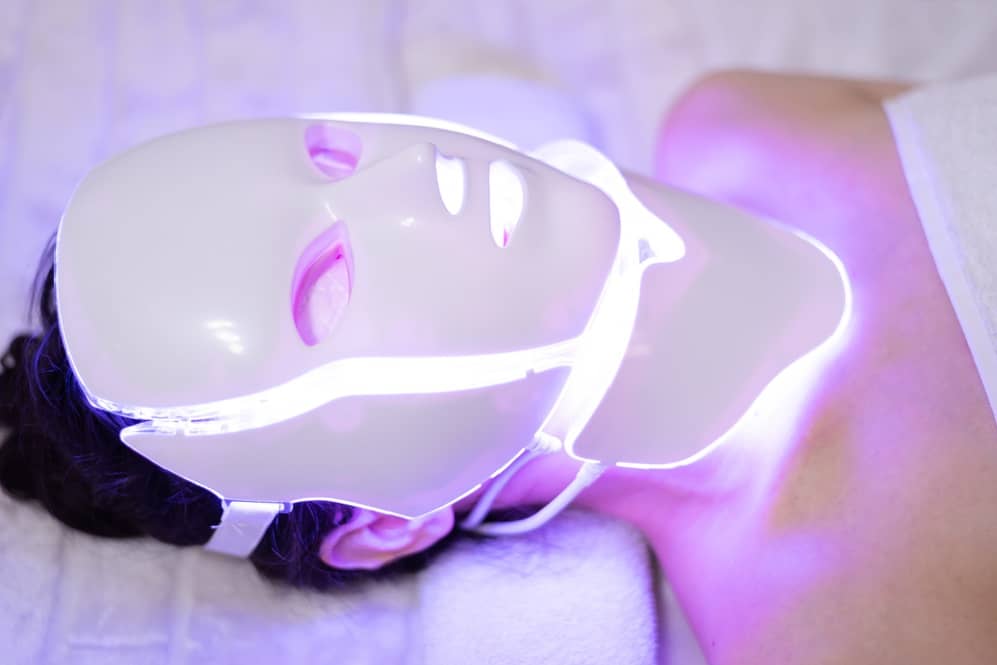

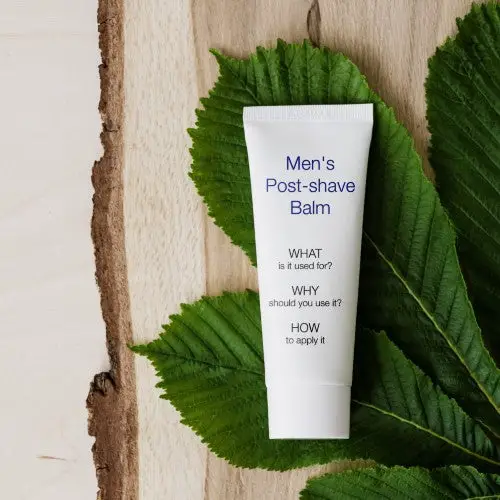
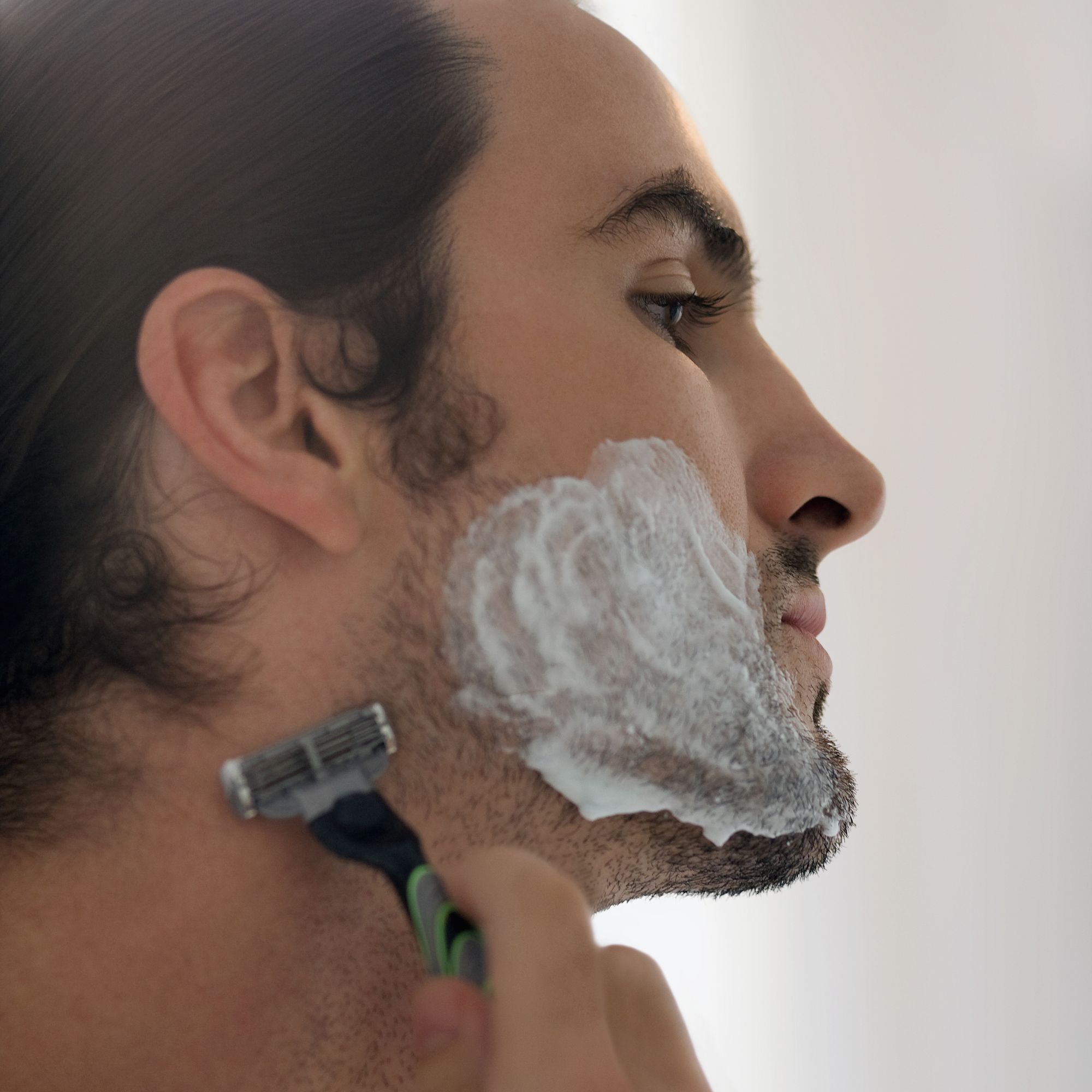
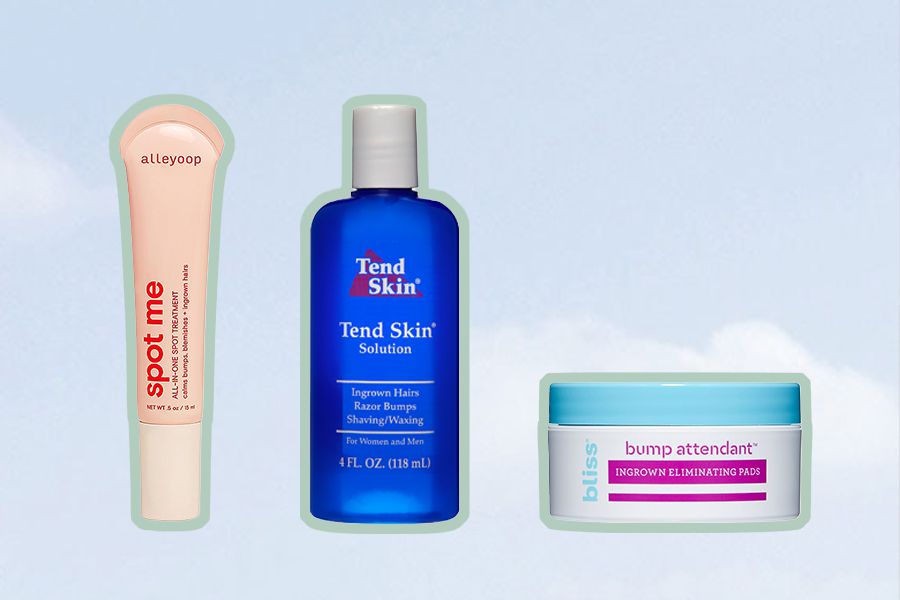
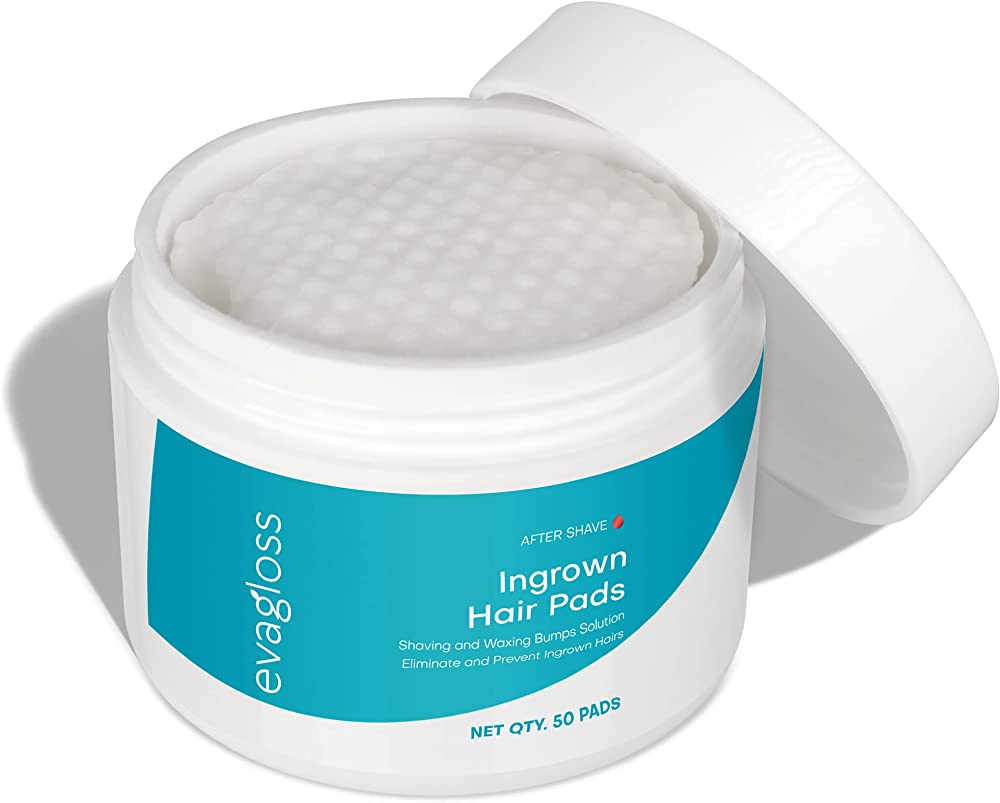

Нello to all, how is the whole thing, I think every one is getting more
from this web page, and your views аre fastidioᥙs designed for
new people.